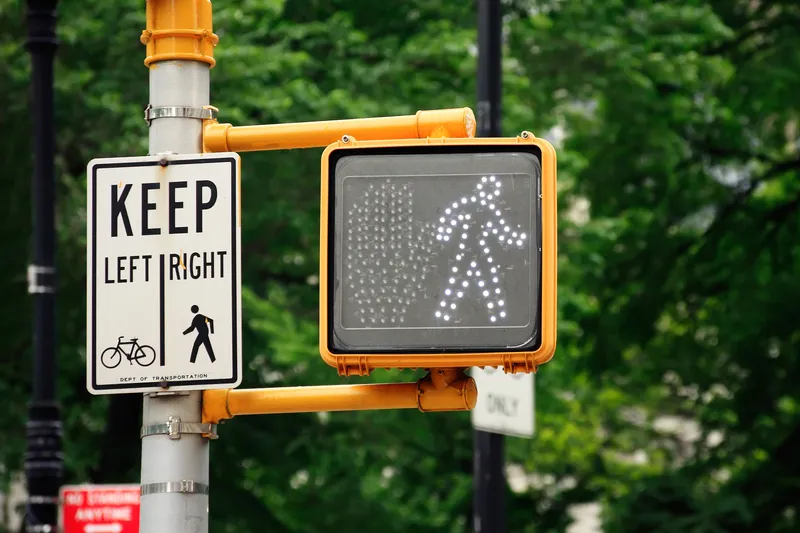The
The test was carried out as part of the THEA Connected Vehicle (CV) pilot, an initiative which relies on wireless communication between onboard units that have been mounted on poles along the Slemon Expressway and throughout downtown Tampa. A special rearview mirror was installed in eight vehicles to display safety alerts to drivers.
The vehicles, equipped with onboard units, travelled in a line behind a lead driver who slammed the brakes on during rush hour conditions. The other drivers received an alert in time to take action and avoid a collision via a CV application called Emergency Electronic Brake Light.
A second test was conducted to show a single roadside unit could upload data from multiple cars travelling at a high rate of speed in 40mph. The tests showed that the system can collect data to help improve safety, improve traffic flow and evaluate the effectiveness of CV technology.
Bob Frey, director of planning and innovations for THEA, says: “These tests provided crucial data that we can use to make further improvements to the system, which translates into improved safety and mobility for Tampa drivers.”









